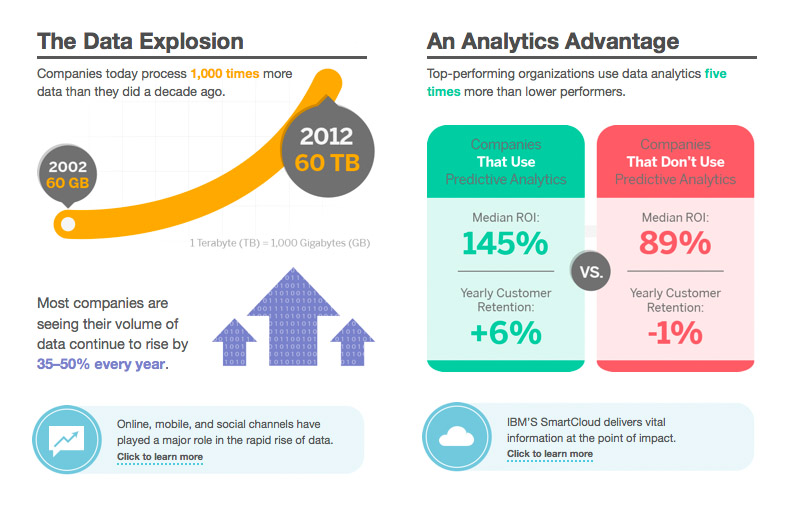
How Cloud Computing is Changing the Nature of Projects
Research. Testing. Analysis. Funding. Coding. Development. Deployment. In the past and to large extent even today, these are the vital and necessary steps that businesses take when implementing a new project. This method of development takes a great deal of time and a great deal of money. By the time a project is ready; its purpose may be negated or made redundant due to the length of time that is passed between conception and completion. Today, with the advent of cloud technology, projects can go from initial conception in to practice in a much shorter period of time, sometimes a matter of days.
Since the concept of cloud computing first appeared on the radar of the technology industry, professionals have struggled to define what exactly the cloud was. As a solutions architect, my primary area of focus is on data management and I keep a very close eye (Follow me @MDMGeek to get more cloud computing news) on how cloud can assist people and businesses in more effectively managing data. Given the advent of Big Data, Social and Mobile devices, the need for effective data management has become more important than ever before.
As Raul F. Chong, a senior DB2, Big Data and Cloud Program Manager at the IBM Information Management Cloud Computing Center of Competence, wrote in his article, Changing the World: Big Data and the Cloud, big data is defined as “a collection of data sets that are so big that it is hard to collect, analyze, visualize, and process using regular software… this data is typically unstructured. A recent study indicates that unstructured data account for at least 80% of the world’s data. This means that many companies today are making mission critical decisions with only 20% of the data they have, the 20% of data that is structured and stored in relational databases. The study also found that 56% of business leaders say they are overwhelmed by the amount of data their company manages, and 60% say they need to do a better job capturing and understanding information rapidly.”
Thanks to the cloud computing, it is now possible to analyze and manage the 80% of big data that is unstructured. This capability will improve project management and make project implementation faster, smarter, changing the nature of project management for the better.
Originally published on MidSize Insider April 2014
Image by criminalatt/freedigitalphotos.net
COMMENTS
Leave A Comment
RECENT POSTS

Composable Applications Explained: What They Are and Why They Matter
Composable applications are customized solutions created using modular services as the building blocks. Like how...

Is ChatGPT a Preview to the Future of Astounding AI Innovations?
By now, you’ve probably heard about ChatGPT. If you haven’t kept up all the latest...

How MDM Can Help Find Jobs, Provide Better Care, and Deliver Unique Shopping Experiences
Industrial data is doubling roughly every two years. In 2021, industries created, captured, copied, and...

Most of the data companies manage is not valuable for their business, so the 20-80 comment is very misleading. Also, much of the structured data is not valuable for their business, but they still manage it. Fundamentally, leveraging big data requires creating value through optimization. For optimization, you need historical records,and this is where data becomes big quickly. If you have a measurement of the state of the business on day n, you have information about the business. But if you have a measurement of the state of the business on day n+1, you know have information about the change in the business. Managing how much of these historical samples to keep is the great trick in big data management. Throw some of it away too early, and you can’t resolve certain questions, Keep it all without proper analytical follow through, and you are paying too much and are not creating any value from the data.